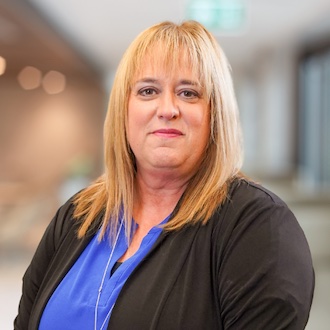By Jessica Salerno-Shumaker, OSCPA senior content manager
As businesses embrace hybrid work models, setting clear expectations for remote and in-office staff is essential.

“The workplace has changed and continues to evolve” said Renee West, director of human resources consulting at Rea & Associates. “And I think the biggest piece for managers and organizations to think about is communication with the employees.”
While communication is always essential, West said in hybrid environments it’s especially valuable so everyone knows what is expected of them both in the workplace and at home.
For remote work, set some policies or guidelines to follow. Some of the questions to consider are:
Are you required to have your camera on for meetings?
Is there a standard background image to use on virtual calls?
How many days a week are people permitted to work remotely?
“Organizations need to ensure they have a structured program in place,” West said. “If an employee wants to be hybrid or remote, what is the process? What is the policy and procedure to do that? We have seen some organizations that don't have a structured approval process and that can open them up to potential discrimination.”
To ensure a team still feels connected, set up a consistent meeting schedule. The team might not see each other every day in person, but they can have a weekly virtual meeting or plan a monthly get together in the office to touch base.
Organizations shouldn’t be afraid to evolve their practices either, West said. Maybe hybrid worked great for a time but now being fully remote or in-person makes more sense, so be willing to adjust.
“An anonymous employee survey is a great tool for asking the staff their thoughts on programs to determine if they’re actually working,” she said. “It helps to have data to support if productivity in hybrid has increased or decreased.”
West stressed the need for managers and organizations to be open to adapting policies and procedures, especially when considering retention.
“If your employees aren’t getting what they feel they need at your organization, they can find other opportunities,” West said. “Listen to your people and communicate. We've seen more organizations be open to flexibility than ever before. And not being afraid to change is a big part of that.”